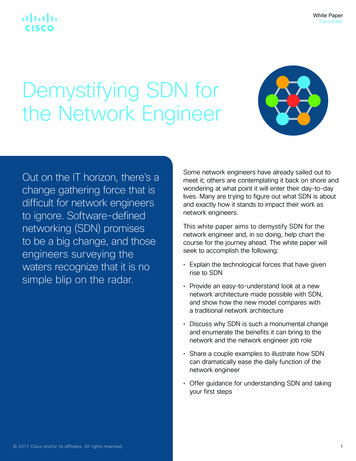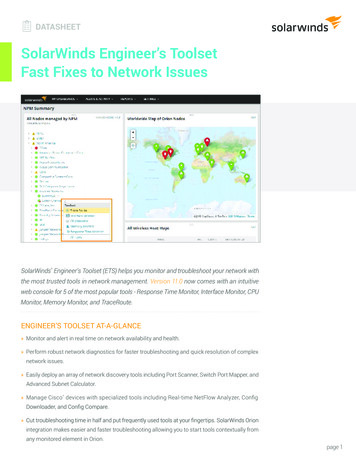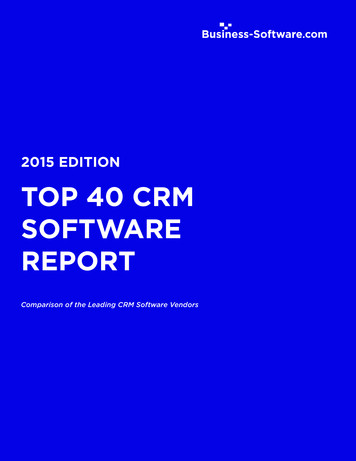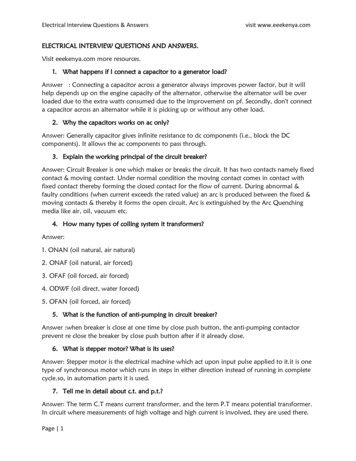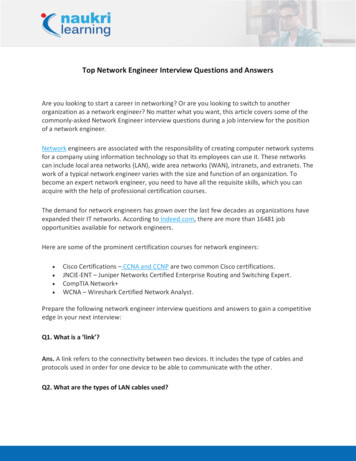
Transcription
Top Network Engineer Interview Questions and AnswersAre you looking to start a career in networking? Or are you looking to switch to anotherorganization as a network engineer? No matter what you want, this article covers some of thecommonly-asked Network Engineer interview questions during a job interview for the positionof a network engineer.Network engineers are associated with the responsibility of creating computer network systemsfor a company using information technology so that its employees can use it. These networkscan include local area networks (LAN), wide area networks (WAN), intranets, and extranets. Thework of a typical network engineer varies with the size and function of an organization. Tobecome an expert network engineer, you need to have all the requisite skills, which you canacquire with the help of professional certification courses.The demand for network engineers has grown over the last few decades as organizations haveexpanded their IT networks. According to Indeed.com, there are more than 16481 jobopportunities available for network engineers.Here are some of the prominent certification courses for network engineers: Cisco Certifications – CCNA and CCNP are two common Cisco certifications.JNCIE-ENT – Juniper Networks Certified Enterprise Routing and Switching Expert.CompTIA Network WCNA – Wireshark Certified Network Analyst.Prepare the following network engineer interview questions and answers to gain a competitiveedge in your next interview:Q1. What is a ‘link’?Ans. A link refers to the connectivity between two devices. It includes the type of cables andprotocols used in order for one device to be able to communicate with the other.Q2. What are the types of LAN cables used?
Ans. There are two types of LAN cables used – ‘Cat 5’ and ‘Cat 6.’ Cat 5 can support 100Mbps ofspeed while Cat 6 can support 1Gbps of speed.Q3. What is a ‘cross table’?Ans. This is a type of connection between the same types of devices without using a hub/switchso that they can communicate.Q4. What is DNS? Why is it used?Ans. DNS (Domain Name System) is a central part of the Internet, providing a way to matchnames (a website you’re seeking) to numbers (the address for the website).Also, Read Is CCNA the Right Certification for Networking Professionals?Q5. A gateway works in which layer of the OSI model?Ans. Transport layer.Q6. How many layers are there in the OSI reference model? Name themAns. There are seven layers: the physical layer, data link layer, network layer, transport layer,session layer, presentation layer, and application layer.Q7. Differentiate between ‘forward lookup’ and ‘reverse lookup’ in DNS?Ans. Converting names to IP addresses is called forward lookup.Resolving IP addresses to names is called reverse lookup.Also, Read Best IT Companies to Work for in India.Q8. What is a ‘backbone network’?
Ans. A backbone network is a centralized infrastructure that is designed to distribute differentroutes and data to various networks. It also handles the management of bandwidth andmultiple channels.Q9. What is a LAN?Ans. A LAN (Local Area Network) and refers to the connection between computers and othernetwork devices that are located within a small physical location.Q10. What is WAN?Ans. A wide area network (WAN) is a telecommunications network or computer network thatextends over a large geographical distance.GET CCNA CERTIFIED NOW Q11. What is a router? What are its basic roles?Ans. A router is a layer three network device used to establish communication betweendifferent networks. The roles of a router are – inter-network communicationBest path selectionPacket forwardingPacket filteringQ12. What are the criteria for the best path selection of a router?Ans. The following parameters define the path selection: Longest prefix matchMinimum AD (administrative distance)Lowest metric valueQ13. Define ‘anonymous FTP’.Ans. Anonymous FTP is a way of granting user access to files in public servers.
Q14. What is the difference between ‘standard’ and ‘extended’ ACL (access control list)?Ans. Standard ACLs are source-based, whereas extended ACLs are source- and destinationbased.Also, Read Top Most Paying Technology Certifications!Q15. What is RAS?Ans. RAS (Remote Access Services) refers to any combination of hardware and software toenable remote access to tools or information that typically reside on a network of IT devices.Q16. What is ‘network topology’?Ans. Network topology refers to the layout of a computer network. It shows how devices andcables are physically laid out, as well as how they connect to one another.Q17. What is NIC?Ans. NIC (Network Interface Card) is a peripheral card that is attached to a PC in order toconnect to a network. Every NIC has its own MAC address that identifies the PC on the network.GET CCNP CERTIFIED NOW Q18. How many layers are there under TCP/IP?Ans. There are four layers: the Network Layer, Internet Layer, Transport Layer and ApplicationLayer.Q19. What is RIP?Ans. RIP (Routing Information Protocol) is used by routers to send data from one network toanother.Q20. What are ‘firewalls’?
Ans. Firewalls serve to protect an internal network from external attacks.Q21. Name the layers under TCP/IP?Ans. There are four layers under TCP/IP: Network LayerInternet LayerTransport LayerApplication LayerQ22. Mention a few examples of private network addresses.Ans. Few examples of private network addresses are:10.0.0.0 with a subnet cover of 255.0.0.0172.16.0.0 with subnet cover of255.240.0.0192.168.0.0 with subnet cover of 255.255.0.0Q23. Mention the number of network IDs in a Class C network?Ans. In the Class C network, the number of accessible network ID bits is 21. The number ofavailable network IDs is two increased to 21 or 2,097,152. The total number of host IDs pernetwork ID is two increased to 8 minus 2, or 254.Q24. Name common software problems that can lead to network defects?Ans. Following are the software related problems: Protocol mismatchSecurity issuesApplication conflictsError in configurationClient-server problemsUser policy and rights issuesQ25. Mention the different network protocols that are supported by Windows RRAS services?Ans. Following are the three main network protocols supported by Windows RRAS services:
NetBEUITCP/IPIPXQ26. Mention the uses of the Hamming code?Ans. Following are some of the common applications of using Hemming code: ModemsSatellitesPlasmaCAMShielding wireEmbedded ProcessorComputer MemoryOpen connectorsQ27. Explain what SMTP is?Ans. SMTP is termed as Simple Mail Transfer Protocol. It works for all the internal mail andoffers the required mail delivery services on the TCP/IP protocol stack.Q28. Name the various technologies involved in building WAN links?Ans. Various technologies involved in building WAN links are: Digital connections – using digital-grade telephone linesAnalogue connections – using conventional telephone linesSwitched connections – using different sets of links between the sender and receiver tomove data.Q29. Explain what is NVT (Network Virtual Terminal)?Ans. NVT is defined as a set of pre-defined rules to very virtual terminal interaction. This virtualterminal helps you to start a telnet session.Q30. Explain the role of the IEEE in computer networking?
Ans. Institute of Electrical and Electronics Engineers (IEEE) is an organization comprised ofengineers that manage standards for electrical and electronic devices. It involves networkingdevices, cablings, network interfaces, and connectors.Q31. Explain why the standard OSI model is known as 802.xx?Ans. The OSI model was introduced in February 1980. In 802.XX, ‘80’ is named for the year1980, and ‘2’ is named as the month of February.Q32. Name the measurement unit used to measure the transmission speed of Ethernet?Ans. Mbps is the measurement unit used to measure the transmission speed of Ethernet.Q33. Explain what source route is?Ans. The source route is defined as a sequence of IP addresses that are used to identify theroute a datagram. You can also involve the source route in the IP datagram header.Q34. Mention the maximum length of Thinnet cable?Ans. The maximum length of the Thinnet cable is 185 meters.Q35. Name the cable which uses the RJ11 connector?Ans. Telephone cables use the RJ11 connector.As you now have an idea of the type of questions that could be asked in a network engineerinterview, you can be well prepared. In addition, you need to be prepared to answer othertypes of questions related to competency, behavioural and opinion-based. Also,improve yourcommunication skills to boost your confidence.If you are looking to be successful in the IT industry, enrol yourself for a network engineercertification course to understand the techniques and skills required to be an expert.Visit Naukri Learning website for more
Q4. What is DNS? Why is it used? Ans. DNS (Domain Name System) is a central part of the Internet, providing a way to match names (a website you’re seeking) to numbers (the address for the website). Also, Read Is CCNA the Right Certification for Networking Professionals? Q5. A gateway works in which layer of the OSI model? Ans. Transport layer. Q6. How many layers are there in the OSI
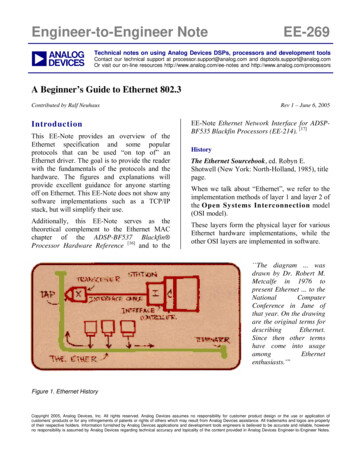
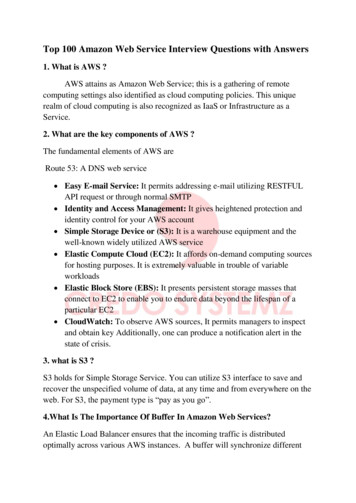
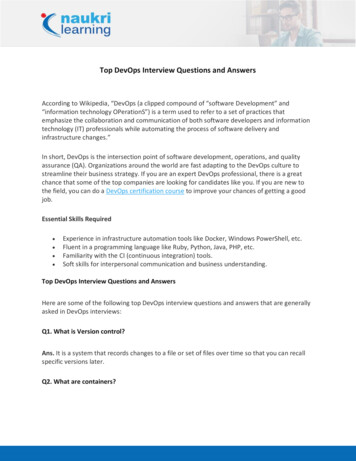
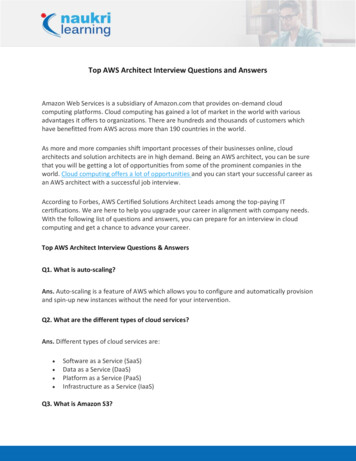
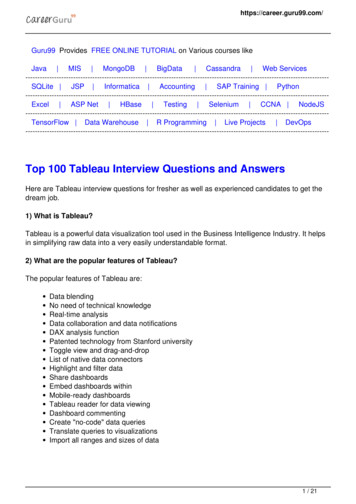
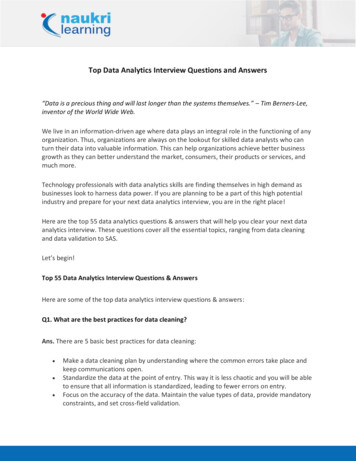
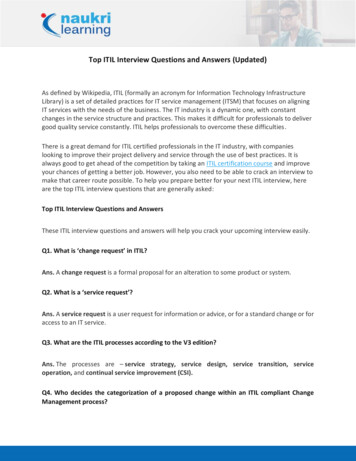
![Top Networking Interview Questions and Answers [Updated]](/img/3/top-networking-interview-questions-and-answers-updated.jpg)
